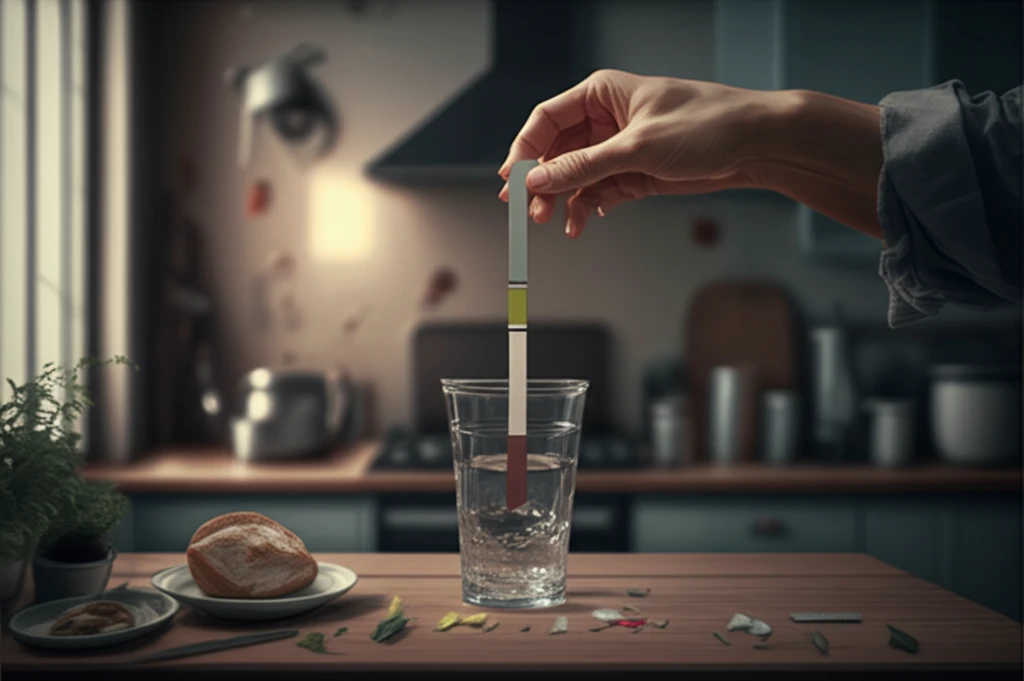
Is Your Tap Water Safe? Simple Stripes for Detecting Iron Contamination
"Discover how innovative biopolymer strips can help you quickly and easily test for dangerous iron levels in your home's water supply, ensuring your family's health."
Access to clean and safe drinking water is a fundamental right, yet countless households grapple with concerns about water quality. Typical tap water can contain a variety of pollutants, including chlorine, nitrates, and heavy metals like iron. Among these, iron III ions pose significant health risks, making regular monitoring essential.
While water treatment facilities strive to maintain safe levels, corrosion in aging pipes and the use of iron-based coagulants can inadvertently increase iron concentrations in your home's water. Existing regulations set limits for iron content, primarily due to aesthetic reasons like discoloration, but the health implications of exceeding these levels are far more serious.
Excessive iron intake can disrupt the body's ability to regulate iron absorption, leading to potential damage to the gastrointestinal tract and other health complications. Addressing this concern, a recent study explores an innovative solution: easy-to-use analytical stripes made from proteinic biopolymers, offering a simple and environmentally friendly way to detect iron III contamination in domestic water.
How Do These Analytical Stripes Work?

The study, conducted by S. Mowafi, M. Abou Taleb, and H. El-Sayed at the National Research Centre in Egypt, introduces a novel method for creating analytical stripes using two renewable proteinic biopolymers: keratin and sericin. These materials, sourced from waste wool and silk, are blended with polyacrylonitrile (PAN) to form a composite film.
- Biopolymer Blending: Keratin and sericin are individually combined with PAN, which acts as a supportive structure for film formation.
- Thiocyanate Reaction: The protein/PAN composite reacts with potassium thiocyanate, steering the reaction away from unwanted side processes.
- Iron Detection: The resulting proteinium thiocyanate salt is used to detect iron III ions in water. When the stripe comes into contact with iron III, it forms a colored iron III thiocyanate complex.
- Colorimetric Analysis: The intensity of the color is directly related to the concentration of iron III ions in the water sample, allowing for easy visual assessment or measurement using a colorimeter.
Protecting Your Water, Protecting Your Health
These findings highlight the potential of utilizing waste proteinic materials to create accessible and environmentally friendly tools for water quality monitoring. By providing a simple and reliable method for detecting iron III ions, these analytical stripes empower individuals to take control of their domestic water safety and safeguard their health. This innovative approach not only addresses a critical environmental need but also promotes a more sustainable and responsible use of resources.

